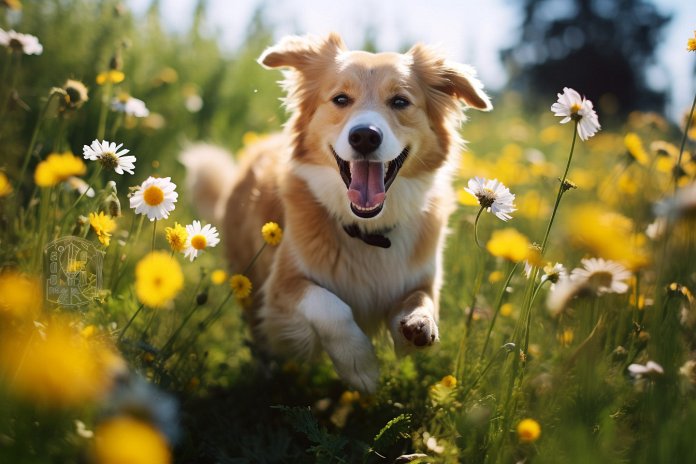
The word “lice” can make people’s scalps tingle and prompt them to scratch their heads. While lice are commonly associated with school settings, they can occur in various places. It’s important to realize that lice can also affect dogs, and dealing with a lice infestation in your family pet can be a nightmare. Recognizing the signs that your dog may have lice is crucial, including excessive scratching, biting, and general discomfort. Physical signs such as matted or dry fur, fur loss in specific areas, wounds or bites, and the presence of tapeworms or other parasites should also be observed. Lice have been a problem for both humans and animals for a long time, with evidence dating back thousands of years. Dogs can be infected with two types of lice: chewing lice and sucking lice. These lice can be transmitted through contact or sharing items like bedding and brushes. Treating your dog for lice involves using insecticidal sprays or powders, special shampoos, and possibly shaving matted fur for effective treatment. Additionally, it is essential to clean your dog’s belongings and the surrounding environment to prevent re-infestation. Although dealing with lice can be a pain, at least you can rest assured that you cannot pass them back and forth between you and your dog.
“From humans to dogs, lice are a universal nuisance that require diligent treatment.”

Tips & Things to Know
1️⃣ Be aware of the signs that your dog might have lice, such as scratching, biting, matted fur, and wounds or bites on their body. Pay attention to any changes in their behavior or physical appearance.
2️⃣ Understand that lice can be passed from dog to dog through contact or sharing items like bedding and brushes. Take precautions to prevent the spread of lice, especially in high-traffic areas like dog parks.
3️⃣ Consult with your vet to determine the best treatment for your dog’s lice infestation. Insecticidal sprays, powders, and special shampoos can be effective, but it may require multiple treatments to eliminate the lice and their eggs. Additionally, be sure to clean your dog’s environment to prevent re-infestation.
Frequently Asked Questions, Answered ✅
1. Can dogs get lice?
– Yes, dogs can get lice, although it is a different kind of lice than what affects humans.
2. What are the signs that a dog has lice?
– Signs that a dog has lice include scratching, biting, matted or dry fur, fur falling out in certain areas, wounds or bites, and the presence of tapeworms or other parasites.
3. How long have lice been around?
– Lice have been around for over 5 million years. There is evidence of lice infestations dating back to 107,000 BC.
4. How can lice be transmitted between dogs?
– Lice can be transmitted between dogs through contact or by sharing items like bedding and brushes.
5. How do you treat dog lice?
– Dog lice can be treated with insecticidal sprays, powders, or special shampoos. It is important to consult with a vet for the best treatment plan, and multiple treatments may be necessary to eliminate the eggs. Additionally, cleaning and disinfecting your dog’s environment is crucial to prevent re-infestation.